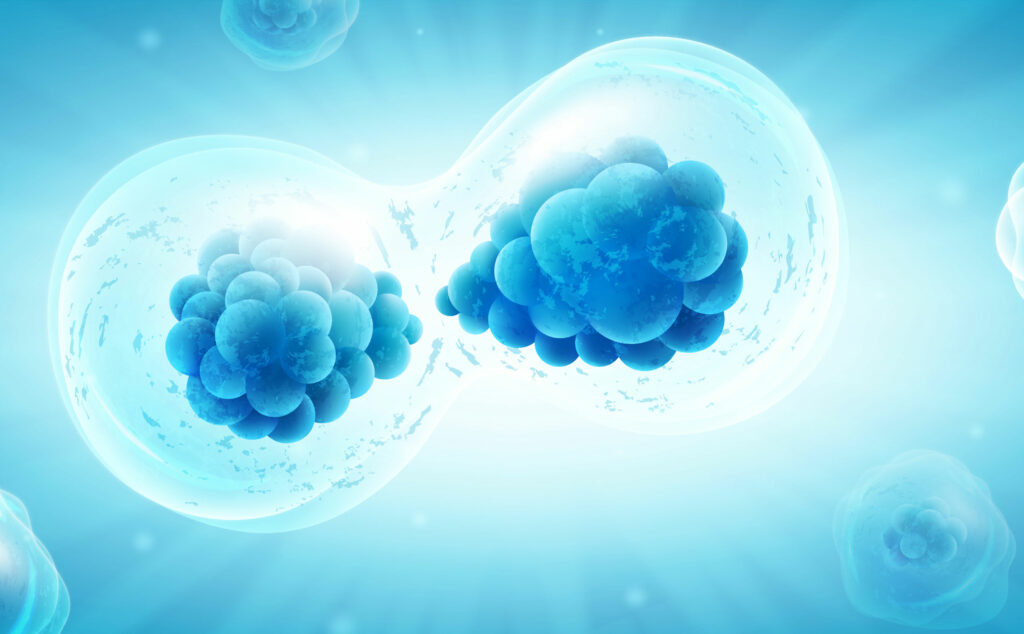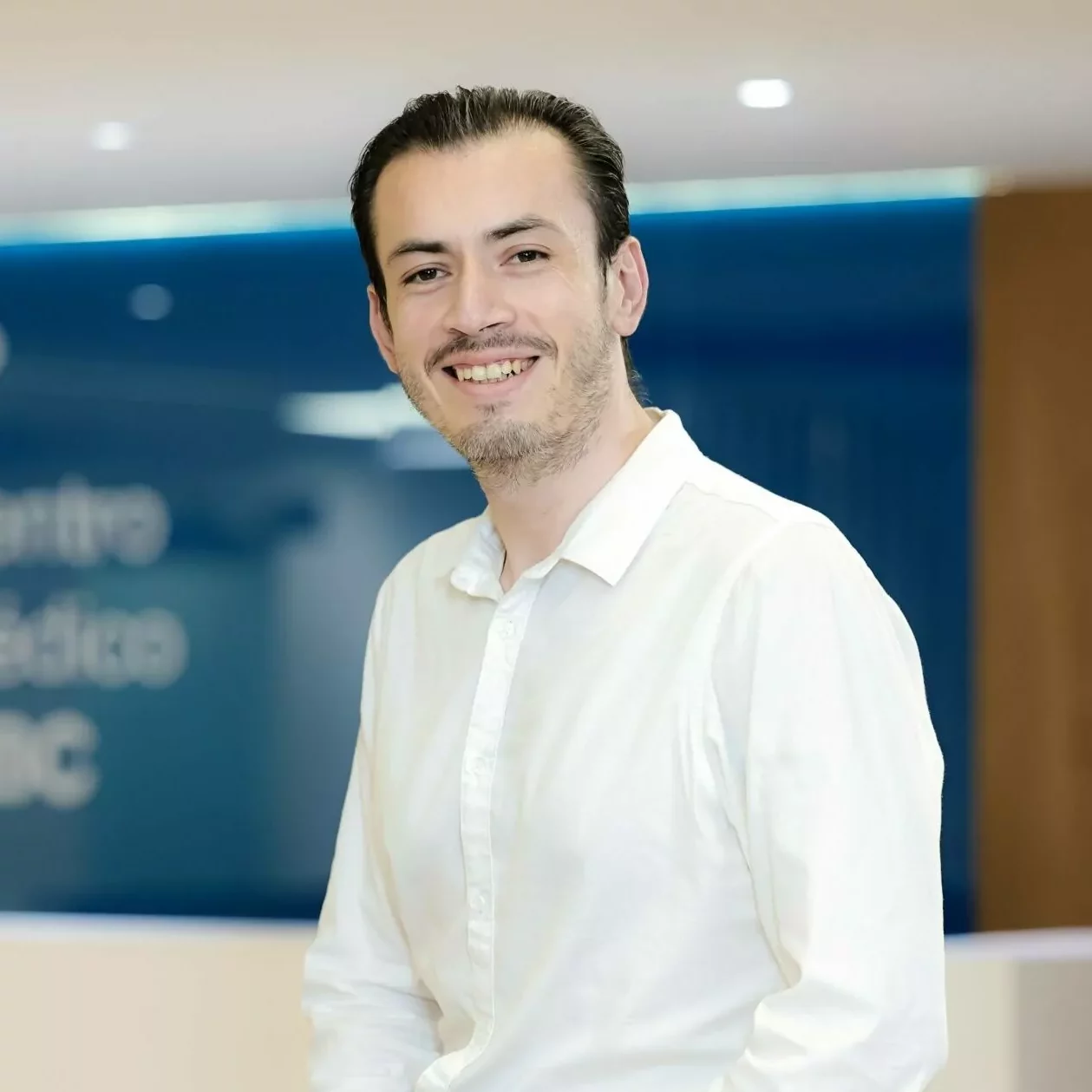A lack of stem cells affects the production of red blood cells, white blood cells, and platelets in the body.
What are Stem cells?
In the body, stem cells are the raw material by which all other cells with specialized functions are created.
Under suitable conditions, stem cells divide, generating so-called daughter cells, which become new stem cells or specialized cells with specific functions, such as blood, heart muscle, or bone cells, among others.
Concerning the body’s blood cells, which include white and red blood cells as well as platelets, they start as immature cells called hematopoietic stem cells.
Stem cells live, mostly, in the bone marrow and it is here where they divide to produce new blood cells, depending on what the body needs.
Bone marrow transplant
A bone marrow transplant, also known as a stem cell transplant, is a medical treatment that helps replace a patient’s damaged bone marrow with healthy cells that can come from the person or a donor.
This type of transplant is used in the treatment of some types of cancer such as leukemia, myeloma, or lymphoma; in addition to other immune system or blood diseases that affect the bone marrow.
The purpose of the transplant is to eliminate cancerous, damaged, or unhealthy cells that do not work well, giving the patient new healthy stem cells to achieve their correct functions.
Types of stem cell transplants
The two main types of stem cell transplants are:
- Autologous transplant. The cells come from the body itself and it is used in situations where intensive chemotherapy or radiation therapy to treat cancer can damage stem cells and the immune system; before which, the stem cells are previously extracted or rescued from the blood or bone marrow and later returned to the body.
- Allogeneic transplant. The stem cells come from another person, a donor, and are given to the patient after chemotherapy or radiation treatment. Thanks to this, a graft-versus-cancer cell effect is often achieved, because the new stem cells recognize and destroy cancer cells that are still in the body.
Where are the stem cells obtained from?
Depending on the type of transplant to be performed, there are three sources of extraction:
- Bone marrow.It has a rich stem cell supply and helps in the production of blood cells, commonly taken from the patient’s pelvic bones or a donor.
- Bloodstream.Also called peripheral blood. It is necessary to administer substances similar to hormones to the donors or to the patient, which will cause the stem cells to grow faster and pass into the blood, from where they will later be extracted.
- Umbilical cord blood.Normally newborns’ blood has a higher amount of stem cells and, after the baby is born, the blood that remains in the placenta or umbilical cord can be collected and stored for later use in a transplant.
If you want to know more, come to the ABC Medical Center, its Cancer Center specialists provide care under the best medical practices based on scientific evidence and the highest quality and safety standards.
Fuentes:
https://centromedicoabc.com/centro-de-cancer/trasplante-de-medula-osea/
https://www.mayoclinic.org/es/tests-procedures/bone-marrow-transplant/in-depth/stem-cells/art-20048117
https://www.cancer.org/es/cancer/como-sobrellevar-el-cancer/tipos-de-tratamiento/trasplante-de-celulas-madre/por-que-se-usan-los-trasplantes-de-celulas-madre.html
https://www.cancer.net/es/desplazarse-por-atencion-del-cancer/como-se-trata-el-cancer/que-es-el-trasplante-de-celulas-madre-trasplante-de-medula-osea



